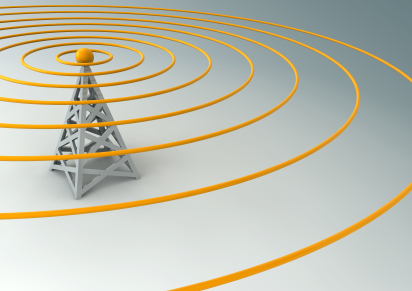- the amount of footage shot
- different camera angles used to capture a scene
Master shot:
- This is a recording of an entire dramatised scene, from start to finish.
- It is usually a long shot, filmed from an angle that keeps all the players in view.
- Sometimes performs double functions as an establishing shot, a shot which establishes the context for a scene by showing the relationship between its important figures and objects.
- This is usually the first shot which is checked of a scene and is also known as the foundation of the camera coverage.

Master and Coverage:
- Even though the Master is part of the overall coverage, directors often refer to [Master] and [Coverage], making a distinction between the Master shot and all the other closer shots which are used to capture parts of the scene.
Master & Coverage
- In film, a MASTER SHOT is a recording of an entire dramatised scene, from start to finish.
- This tends to usually be a long shot, which is filmed from an angle that keeps all the players in view.
- This sometimes performs as a double function as an establishing shot, a shot which establishes the context for a scene by showing the relationship between its important figures and objects.
- Usually, the master shot is the first shot checked off during the shooting of a scene and is the foundation of the camera coverage.
Coverage:
- Once the Master has been secured, the director usually goes in for close coverage. He or she directs either shots that reveal different aspects of the action.
 Medium range shots which frame groupings of actors at crucial moments.
Medium range shots which frame groupings of actors at crucial moments. Closer shots of individuals which capture reactions with intensity.
Insert shots of key objects
The 180 degree rule uses this as the shots change from person to person using 180 degree rule/ line.
Also is there to be able to take shots of reactions, by shot reversing from Person A and Person B.
Shot Reverse shot Example:
No comments:
Post a Comment